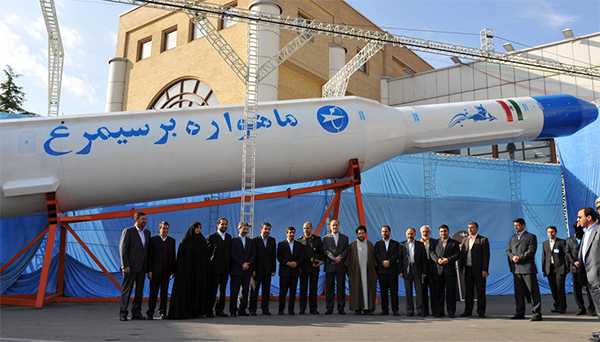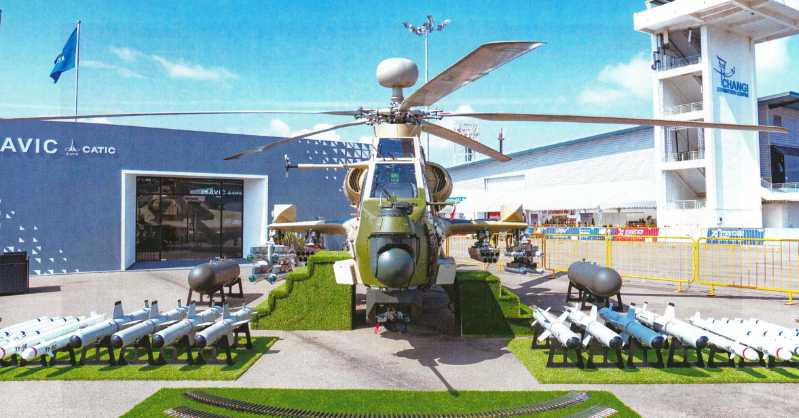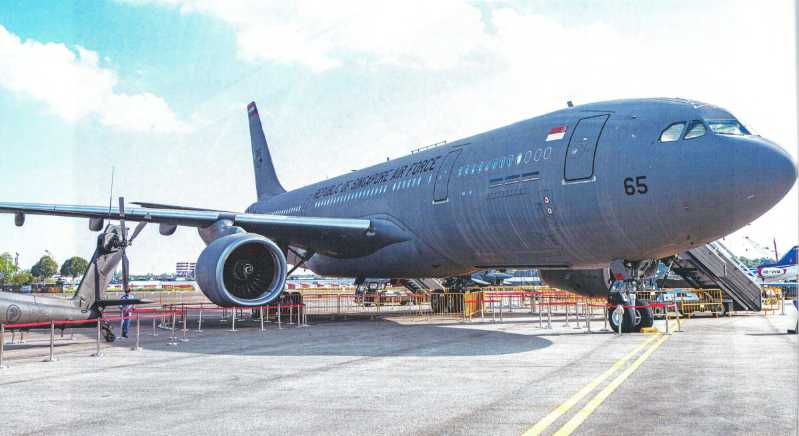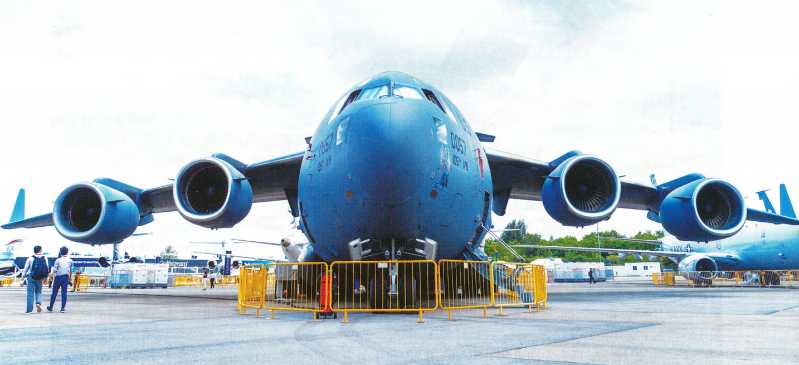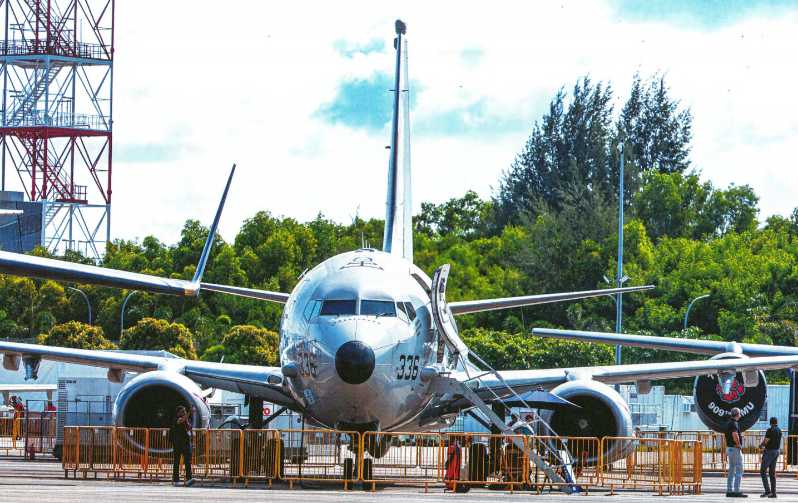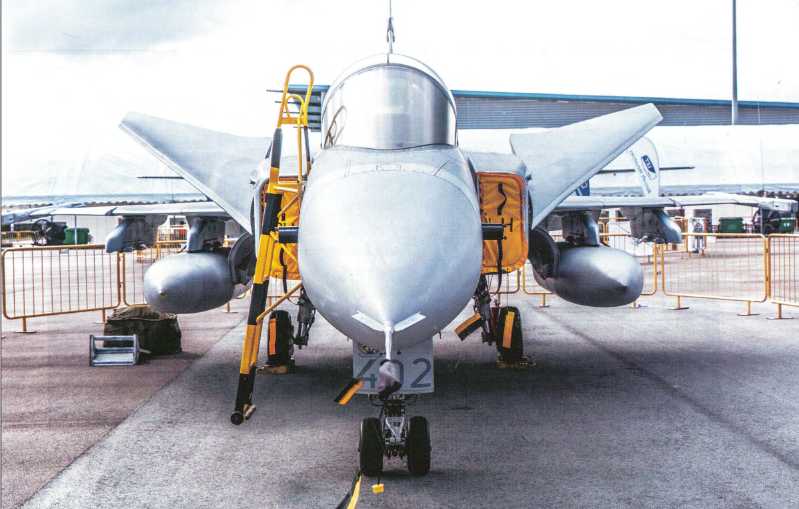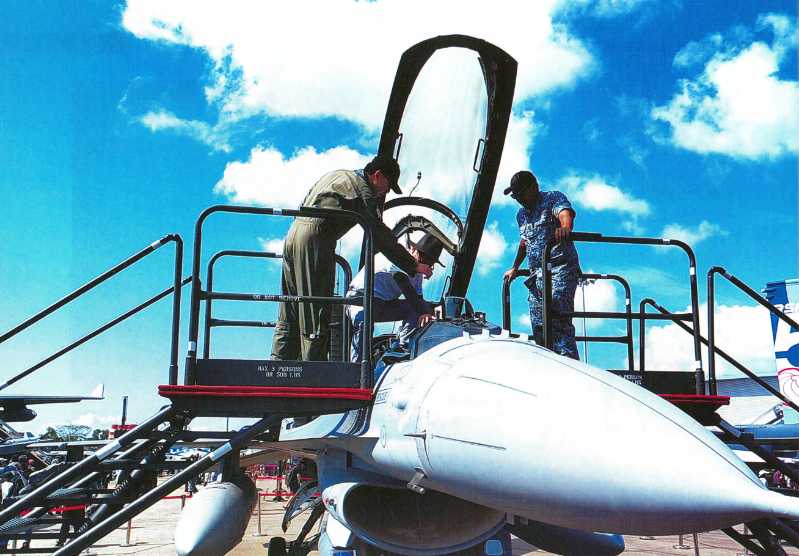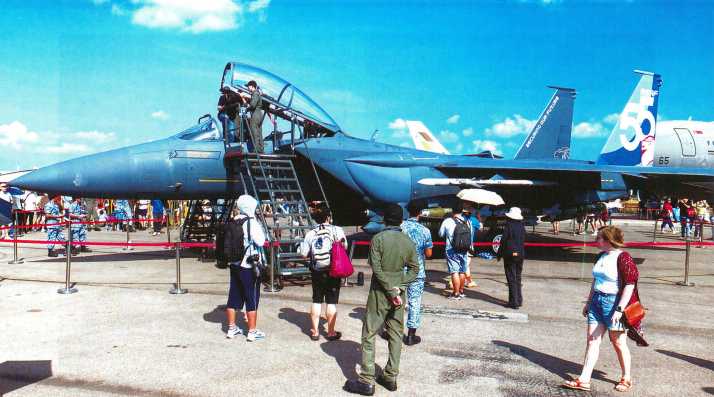On April 22, 2020, Iran successfully launched the "Nightly" military satellite using the "Emissary" carrier rocket. This is the latest space launch activity after Iran’s failed launch of the "Phoenix" rocket on February 9, 2020, and it also brings hope to Iran’s space activities that have failed one after another. So, what is the reason that prompted Iran to develop its space industry so resolutely? What about its military space capabilities?
Development history
Starting
Iran’s space program began in the 1980s. After 10 years of internal debate, it first introduced a satellite development plan in the late 1990s. The Iranian government allocated $300 million in development funds for this purpose, and also registered two geostationary orbit positions at 34°E and 47°E for this purpose, so that Iran’s satellites can provide satellite communication services to the country from Africa and the Indian Ocean in the future. On February 1, 2004, Iran established the Iranian Space Agency (ISA), which was established in accordance with Article 9 of the "Tasks and Authorization Law of the Ministry of Communications and Information Technology" passed by the Iranian Parliament in December 2003. According to the law, ISA is authorized to be responsible for all activities of Iran on the peaceful use of space science and technology under the leadership of the Supreme Space Committee chaired by the President of Iran. This marks the official start of Iran’s space industry. Iranian Defense Minister Shamkhani immediately stated that Iran will launch its own satellite within the next 18 months, thus becoming the first Islamic country to enter the stratosphere with its own satellite and launch system.
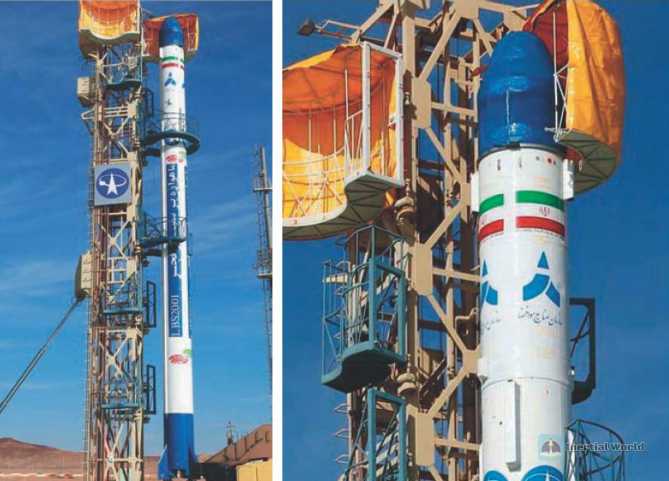
Cooperation
Due to its late start, Iran has established a basic policy of international cooperation in the development of its space industry. Iran has successively cooperated with 6 countries in satellites, mainly in the form of Iran providing funds and projects and introducing technology from abroad. Among them, Russia is an important partner of Iran, and Italy has also participated in the manufacture, testing, launch, and training of satellites. Since October 2003, Iran has established a joint venture with France, Greece and South Africa to manufacture satellites and other aerospace equipment, in which Iran holds a 49% stake. This enterprise will be able to fully meet Iran’s requirements for military and civilian satellites. It is worth noting that many American companies have also secretly participated in Iran’s satellite and aerospace projects. In July 2003, 18 companies in 10 states of the United States were investigated and punished because they provided spacecraft parts to Iran. Within the framework of the cooperation agreement, starting from December 2005: Iran’s aerospace department accelerated the introduction of satellite technology from abroad to prevent restrictions from Western countries. In October 2005, Iran launched the first small satellite "Sina" 1 jointly manufactured with Russia with the help of a Russian rocket and entered a 900-kilometer high orbit. The satellite weighs 60 kilograms, is a regular hexahedron with a side length of 50 centimeters, and is mainly used to identify natural resources. It can also play a role in communications and emergency response. Iran has thus become the 43rd country in the world to own an artificial satellite. Iran later cooperated with Italy to manufacture the second satellite "Mesba", and then signed multiple satellite launch contracts with foreign countries. While basically mastering the technology of satellite use, Iran began to work hard to develop independent satellite manufacturing and launch capabilities.

Small satellites developed by Iran
Independence
After many test launches, Iran successfully launched a "Exploration 1" rocket on February 4, 2008 and sent back relevant data. Although the rocket’s flight orbit altitude was only suborbital, it was a major attempt in Iran’s space industry. On February 2, 2009, Iran successfully launched the "Hope" low-Earth orbit satellite, making Iran the ninth country in the world that can independently develop and launch satellites. It is particularly noteworthy that the launch used the "Messenger" 2 carrier rocket developed from the "Meteor" 3 missile. The "Hope" scientific research satellite orbits the earth every 24 hours 15 The satellite returns to the ground after orbiting for 1 to 3 months, which provides Iran with practical experience in satellite control. Later, Iran developed a series of satellites with different functions, such as "Dawn", "Pioneer", "Rise" and "Observation". In January and December 2013, Iran sent biological capsules containing rhesus monkeys into space twice and successfully returned to the ground to lay the foundation for the future implementation of manned space programs. So far, Iran’s aerospace has initially achieved autonomous control from payloads to carriers.

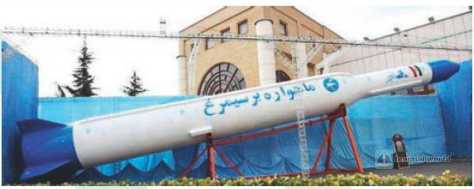
Development
Although the "Messenger" rocket enables Iran to launch satellites, the carrying capacity of this 26-ton rocket is very limited. From 2011, 2012 and Judging from the three successful launches in 2015, even after substantial improvements, it can only launch satellites of 50 kg. For this reason, Iran imitated North Korea’s approach and connected multiple engines in parallel to develop a more powerful "Phoenix" series of launch vehicles, equipped with larger satellite payloads. So far, including this failed launch, the "Phoenix" rocket has carried out a total of 4 launches, of which only the first load-free launch in April 2016 was successful. After that, the launch in July 2017 failed due to a second-stage rocket failure, and the launch in January 2019 failed due to a third-stage rocket failure. To Iran’s relief, on April 22, 2020, Iran used a two-stage "Messenger" launch vehicle to successfully send a military reconnaissance satellite named "Nur" (Light) to perigee. 450 km altitude orbit. This makes the international space agency list Iran as one of the countries that have fully realized localized space launches. Earlier, the director of the Iranian Space Agency, Jaromi, also said that Iran is in the second decade of space development planning by 2025. This plan includes the launch of reconnaissance satellites, communication satellites, manned spaceflight and other projects, which has attracted attention. Although Iran has repeatedly emphasized that its space program is no different from that of other countries, the outside world generally believes that it has a strong military attribute.
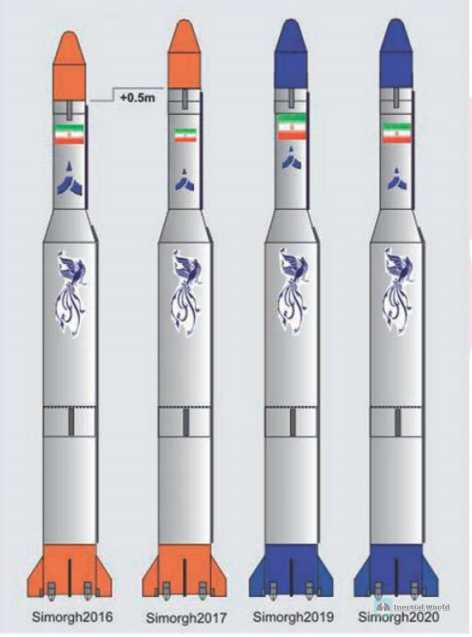
Main features
Due to different technical foundations and domestic and foreign security environments, Iran’s military space has some obvious differences from the world’s major powers, and even North Korea, which has a similar foundation.
Based on missile technology, the intention of complementary development is obvious
Western military experts believe that once Iran successfully launches a satellite, it will mark the peak of Iran’s missile program. From the information revealed so far, Iran’s two main launch vehicles are modified from the Meteor 3 missile engine developed by the country. The outside world even believes that the Messenger launch vehicle is the Meteor 4 missile. This is similar to the situation in North Korea. The outside world still believes that the Taepodong series of rockets are long-range missiles. There is no doubt that long-range missile technology has a natural blood relationship with launch vehicles, and most of the world’s space powers have also taken this step in the early days. For example, in 1957, the Soviet Union used the P-7 (SS-6) strategic missile with four boosters to launch the world’s first artificial satellite. In 1958, the United States used the Jupiter C missile to launch the first American artificial satellite. Later, missiles such as the Thor were converted into launch vehicles. For Iran, which is under strict sanctions, this method has another meaning, that is, it can reversely verify missile manufacturing and control technology through launch vehicles. The West believes that this is the important motivation for Iran’s enthusiasm for the aerospace industry. But in any case, the development of launch vehicles will greatly promote Iran’s long-range missile technology, and it is inevitable that the development of its key components and related activities will be legalized.
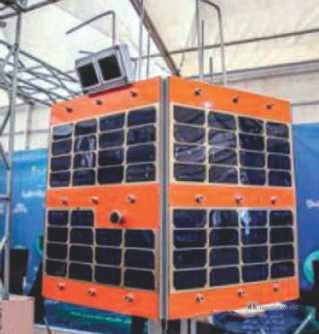
Take satellite development as the guide to meet the urgent needs of the battlefield
Compared with North Korea and other countries that are new to space exploration, Iran has a close relationship with Europe, so it has a relatively good external environment. Therefore, when Iran started its military space exploration business, it determined the model of international cooperation and took satellite design, manufacturing and launch with strong application as the main cooperation objects. In the space development plan launched by Iran in the late 1990s, the ground infrastructure of satellites was mainly manufactured by Iranian local companies, with the aim of stimulating the domestic space industry. The ground network includes 26 satellite signal stations and 300 earth stations that receive satellite signals. However, Western countries believe that Iran regards the development of satellites as an entry way to learn space technology, because in the signed contract, it is particularly emphasized that the partners provide technology transfer. Judging from the satellite capabilities developed by Iran, most of them have visible light observation and communication capabilities, maintaining a high degree of dual-use attributes for military and civilian use, and can provide battlefield intelligence support for the Iranian army. Since the United States has maintained one-way transparency to the Iranian military with its advanced space advantage in the Middle East, Iran urgently needs to develop its own intelligence reconnaissance capabilities. Iran has focused on developing satellite imaging reconnaissance capabilities since the launch of its first satellite, Sina 1, and later developed a series of satellites with space photography capabilities, such as Hope and Observation. The Victory remote sensing observation satellite, which failed to launch in February 2020, has military reconnaissance capabilities, and the Bright Satellite, which was successfully launched on April 22, is a dedicated military reconnaissance satellite.
The development planning system is comprehensive and the positioning target is high
From the perspective of the military aerospace development plan, Iran’s planning system is comprehensive, covering 2~3 Iran has six types of launch vehicles of different levels, as well as more than six types of satellite payloads such as reconnaissance, navigation, communication and scientific experiments. The launch payload orbits range from suborbital, low-Earth orbit to sun-synchronous orbit, and the space projects cover almost everything from sounding rockets to satellite launches to manned space flight, which is completely comparable to the space development plans of major space powers. In addition, from the perspective of space infrastructure construction, Iran not only has a dedicated launch vehicle and satellite manufacturing plant, but also an international satellite launch center, and since February 2008, Iran has carried out more than 20 satellite launches. Judging from recent launches, its launch vehicle technology will be ahead of North Korea, especially in rocket control and satellite orbiting technology required for orbital launches. It can be seen that Iran’s aerospace industry has a high status and pursues a more comprehensive approach.
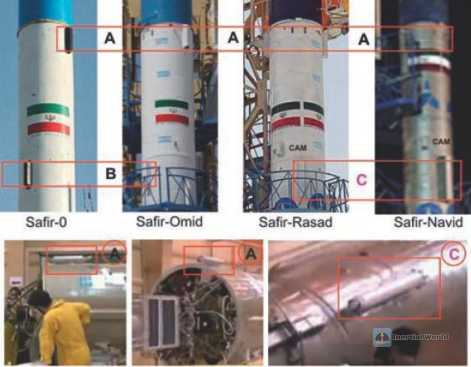
The development steps are gradual and the technical route is relatively clear
Although Iran’s aerospace industry started late, it has learned from advanced foreign experience and adopted a gradual technical route, and its early development foundation is relatively solid. For example, its "Envoy" rocket is long The 22-meter-long and 1.25-meter-diameter two-stage liquid rocket, the first stage comes from the "Meteor" 3 single-stage liquid ballistic missile (engines in parallel), and the second stage uses a liquid rocket engine developed from the R-27 submarine-launched missile aircraft. Among them, the "Envoy" 1 has developed two improved models, 1A and 1B. The 1A model has been slightly improved, while the 1B model uses a new fuel combination in the first stage to increase thrust, and the carrying capacity may be increased to about 65 kilograms. The "Phoenix" carrier rocket connects four "Meteor" 3 engines in parallel in the first stage, and the second stage also uses two LRE-4 engines upgraded from the R-27’s mobile engines. The improved "Phoenix" rocket is also equipped with a solid vector engine developed from the "Conqueror" series of missiles. It can be said that Iran has adopted a rolling development model in the development of carriers, which reduces technical risks. In terms of manned space flight, first of all, In February 2010, the Explorer 3 sounding rocket was used to successfully launch a space capsule, sending turtles, lab mice, worms and other organisms into space. Then in March 2011, the Explorer 4 sounding rocket was launched to send an experimental space capsule into low-Earth orbit. The space capsule can carry a monkey, but this was a preliminary launch test and no animals were carried. In January 2013, the Explorer 5 rocket was used again to send a space capsule carrying a rhesus monkey into a suborbital high altitude, and returned to the earth 20 minutes later, with the landing point about 90 kilometers away from the launch point. This is the first time that Iran has sent a large living animal into space, which shows that Iran’s manned space program is serious. In addition, in terms of satellite launches, Iran has repeatedly broken through its own limits under difficult conditions and at great risk, from the initial suborbital to low-Earth orbit to the sun-synchronous orbit, and has made continuous progress. Although there have been many failures, it is not without results.
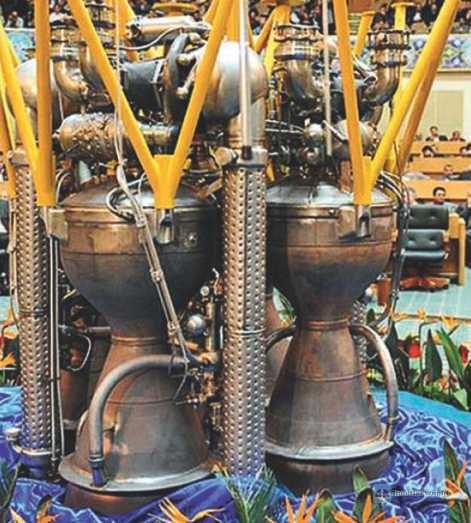
The motivation for Iran to vigorously develop military aerospace technology
Improving national status
The strength of aerospace technology can reflect the comprehensive national strength of a country to a certain extent. Therefore, now it is not only the powerful countries in the world that are developing aerospace technology, but also many small countries are trying to get involved in the aerospace field. In February 2009, when Iran used the domestically produced "Messenger" 2 carrier rocket to send its first artificial satellite into low-Earth orbit for the first time, Iran’s national television said: "This is a step towards justice and peace. In the face of unfair international sanctions, Iranian scientists have used their wisdom to maintain national dignity." To this end, Iran has formulated a 20-year space development plan, intending to become a space technology power in the West Asia region. Iran is currently the 43rd country in the world to own a satellite, but the Iranian government has a more ambitious goal. "We must build our own satellites and rockets. We need to be one of the top eight countries that master space technology," said Tarazad, director of Iran’s aerospace department. " The United States believes that Iran has great ambitions in the development of space, hoping to show off its technological strength and monitor its neighbors, and eventually develop into a superpower in the Middle East. In fact, facing the importance of space to national development in the 21st century, a country accelerating the development of its own space business is also part of its national strategic development. The development of Iran’s space capabilities will definitely have an impact on the Islamic world’s balance of power between Israel and the United States in the Middle East, and will also enhance Iran’s voice in the international community.

Enhancing regional deterrence
Iranian leaders have repeatedly stated that space capabilities are one of Iran’s main means of deterrence. Iran’s former Defense Minister Shamkhani once said at a space technology seminar that Iran will continue to pursue a deterrent defense policy, which is the key to maintaining stability in the Gulf and the Middle East. Iran At present, Iran has aerospace technology and can apply this technology to military and civilian fields. Ahmad, chairman of the Iranian Space Industries Organization, has also publicly stated that the satellites launched by Iran will have both "military reconnaissance and civilian" functions. Therefore, Iran’s aerospace program has military attributes from the beginning, which will drive the continuous improvement of Iran’s military industry level and become one of the main ways of military competition in the Middle East, thereby deterring potential enemies from possible reckless behavior against Iran.
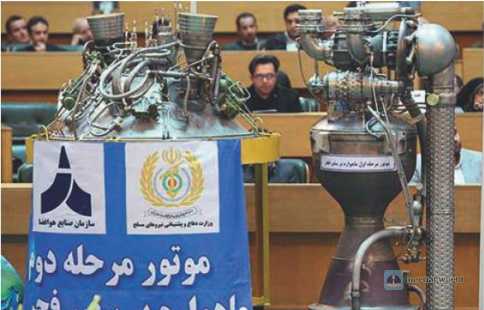
Developing missile technology
From the previous analysis, it can be seen that, like the early development of many aerospace countries, Iran’s launch vehicle technology is closely related to medium- and long-range ballistic missile technology. The connection between the "Messenger" series and the "Phoenix" series of launch vehicles has the ability to deliver long-range missiles. In particular, through the test launch of such large launch vehicles, not only can many key technologies of long-range missiles be verified, but also the liquid rocket engine technology can be improved, thereby designing large long-range ballistic missiles. Similar to North Korea, in order to get rid of the problem of high failure rate and low efficiency after multiple engines are connected in parallel, Iran will focus on the development of large liquid rocket engine technology to lay the foundation for the development of long-range and even intercontinental missiles. At the same time, after adding the third stage, the "Phoenix" rocket will increase investment in small vector engines to accurately send satellite payloads into orbit, which is the key to the precision guidance technology of ballistic missiles.
Strengthen combat support
Regarding Iran’s satellite launch, Iranian officials pointed out that the United States had been using satellite technology to monitor the Middle East before invading Afghanistan and Iraq. At the same time, Iran’s old enemy Israel is also a country at the forefront of satellite technology. Since 2002, Israel’s "Ofek-5" spy satellite has been monitoring Arab countries including Iran. For Iran’s national security, Iran also needs to have this technology. Western military experts believe that Iran’s satellite plan has shown far-reaching military significance from the beginning. In recent years, the satellites launched by Iran are mainly remote sensing and communication satellites, which are also the most commonly used and most in-demand satellites. They are mainly used for battlefield intelligence support and have the advantages of concentrated coverage area and fast information transmission.
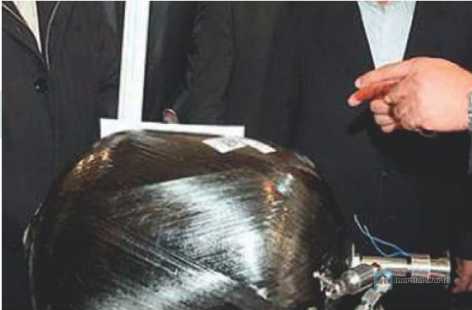
Iran’s military aerospace technology level
The launch vehicle has gradually formed a system, but the technology is still relatively rudimentary
As mentioned earlier, Iran’s aerospace launch vehicles have gradually formed a system with the ability to launch multiple payloads and orbits, which has initially met its military aerospace launch needs. From the information disclosed so far, Iran’s space launch vehicles include two core series models, "Messenger" and "Phoenix", on which multiple modified models and multiple derivative models such as "Friendship" have been developed. Among them, the "Messenger" launch vehicle weighs 26 tons and has a thrust of about 32 tons: the thrust of "Messenger" 1B has increased to 37 tons, which can send a 50-kilogram satellite into an elliptical orbit of 300-450 kilometers; "Messenger" 1 is equipped with a small solid-fuel rocket as the third stage and becomes "Messenger" 2. The rocket conducted its first suborbital test flight in March 2016 and its first orbital launch attempt in July 2017, but it ended in failure. The outside world believes that "Messenger" 2 also has two improved models, "Messenger" 2A and "Messenger" 2B. Among them, the 2B model uses a longer first stage to carry more fuel to increase the rocket’s carrying capacity. At the same time, Iran has also developed the "Friendship" and "Explorer" series rockets based on the "Messenger" for manned space experiments. Around 2010, Iran developed the Phoenix series of rockets. The rocket is 27 meters long and weighs 85 tons, and can deliver a 250 kg payload to a 500 km low Earth orbit. After 2016, Iran added a solid third stage to develop an improved Phoenix launch vehicle, with a low-orbit carrying capacity of 350 kg. It can be seen that Iran’s space launch vehicles have gradually formed a system, but because it uses a parallel engine method to increase thrust, the technology is still relatively rudimentary.
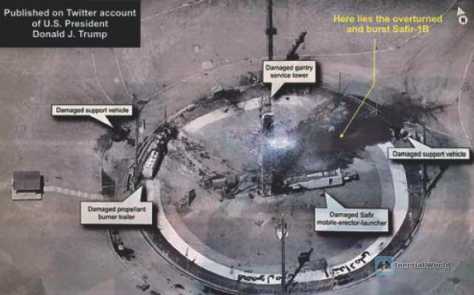
It has certain launch capabilities, but key technologies are immature
From the history of Iran’s space launches, from 2008 to the present, there have been 6 suborbital launches, of which 1 failed and 5 were successful; there have been 10 launches of low-Earth orbital spacecraft, of which 5 failed and 5 were successful; there have been 4 launches of sun-synchronous orbital spacecraft, except for the first successful no-load test, the other 3 failed. There have been 9 failures in 20 cumulative launches, and the overall launch success rate is only about 50%. Although its launch vehicle and launch technology are constantly improving, it can still be seen that the entire system has problems with low reliability. In addition, from the failure of the Phoenix rocket launch in February 2020, it can also be seen that its satellite precision orbit control technology has not yet been fully mastered. Although the "Bright" satellite was successfully launched in April 2020, the payload mass and orbital altitude were not ideal. From the technical nature, these problems require systematic improvements in many aspects, including spacecraft design and manufacturing, which will become a long-term problem that plagues the development of Iran’s space technology.
Space payloads have diverse functions, but their capabilities are generally limited
Most of the satellites launched by Iran have optical remote sensing capabilities, as well as multiple functions such as communication and navigation. For example, Iran’s first satellite was the remote sensing satellite "Sina" launched in cooperation with Russia in October 2005. The satellite has a resolution of about 50 meters and a service life of 3 years, which has enabled the Iranian military to make progress in outer space reconnaissance capabilities. The first satellite launched by Iran using a domestically produced rocket was "Hope" launched in February 2009. The satellite carries remote sensing, telemetry, data processing, satellite control and remote communication systems, mainly used for collecting data and testing equipment. From 2009 to 2015, Iran continued to try to manufacture different types of satellites and launched 4 satellites in succession, realizing independent research and development of communications, mapping and microsatellites, including "Observation" 1, "Science and Technology Pioneer" and "Dawn". Among them, the "Observation" 1 satellite is Iran’s first domestically-produced earth remote sensing satellite. "Science and Technology Pioneer" is an earth observation satellite used to monitor weather and natural disasters. "Dawn" can freely change orbits within an altitude range of 250~450 kilometers. The satellite is equipped with a GPS system and can capture and transmit high-precision images. Iran is the only country in the Middle East that has this satellite technology. In addition, the "Dusti" experimental communication satellite launched by Iran in February 2019 is mainly used to verify Iran’s low-orbit communication technology. Since Iran currently does not have the ability to launch geosynchronous orbit satellites, the launched low-orbit small communication satellites can only play their full role in the form of networking. Therefore, after the "Dusti" satellite matures, Iran will launch a certain number of low-orbit communication satellites to meet the communication needs of the Iranian military and the country. Judging from the payloads launched by Iran in recent years, most of these satellites weigh less than 200 kilograms and are microsatellites, which is mainly restricted by the carrying capacity of Iranian rockets.
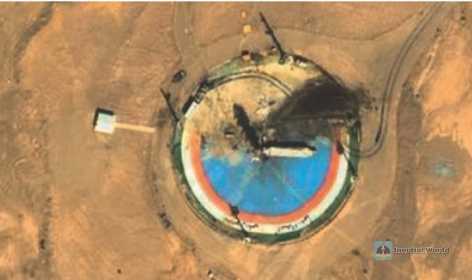
The space infrastructure is in place, but the system reliability is not high
Although Iran’s space industry started late and its technical foundation is weak, it has built a relatively comprehensive space infrastructure under the high attention of the Iranian military. At present, relying on the original huge missile infrastructure, it has completed a complete infrastructure including satellite design and manufacturing, rocket mass production, engine testing and launch vehicle launch. Iran’s state-owned Aerospace Industries Organization (AIO) is responsible for the production of aerospace equipment, while the Iranian Shahid Bakari Company under AIO is responsible for the manufacture of the "Meteor" series of missiles and the production of launch vehicles including "Messenger" and "Phoenix". In addition, Iran built a national space center called "Imam Khomeini" 200 kilometers near the capital Tehran around 2012. The center is built in accordance with "international standards" and undertakes the research and development, launch and measurement and control tasks of spacecraft. In addition, a satellite tracking and control center and several satellite tracking and control stations have been built in Tehran. Due to Iran’s relatively radical aerospace development route and its weak technical foundation, many accidents have occurred, seriously delaying its military aerospace progress. For example, in September 2012, Western satellites discovered that the "Essent" carrier rocket exploded on the launch pad, and the explosion severely damaged the launch pad. In August 2019, US President Trump "Twitter" released satellite images showing an explosion at Iran’s satellite launch site. Later, an Iranian government spokesman confirmed that a carrier rocket exploded on the launch pad in northern Iran due to a "technical error." In addition, the repeated launch failures of Iran’s carrier rockets also indicate that there are reliability problems in the entire aerospace equipment design and manufacturing system.


